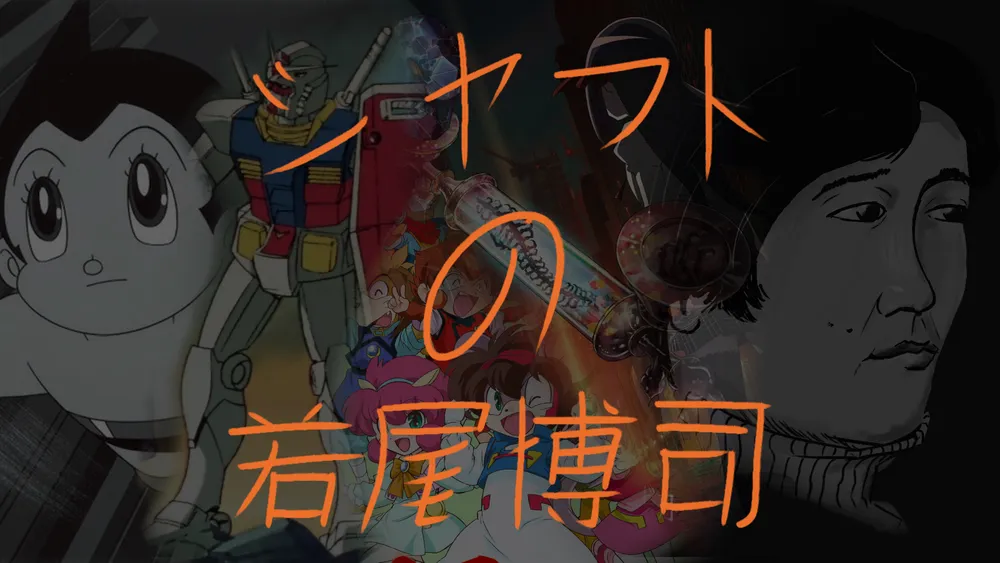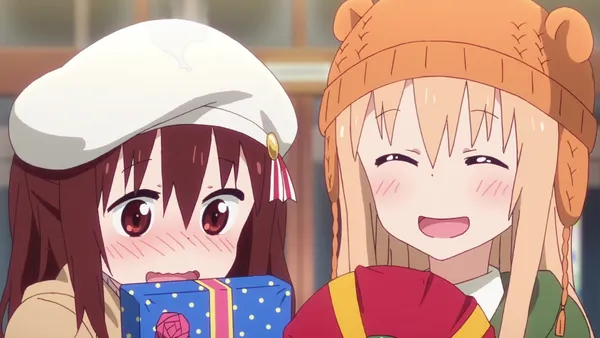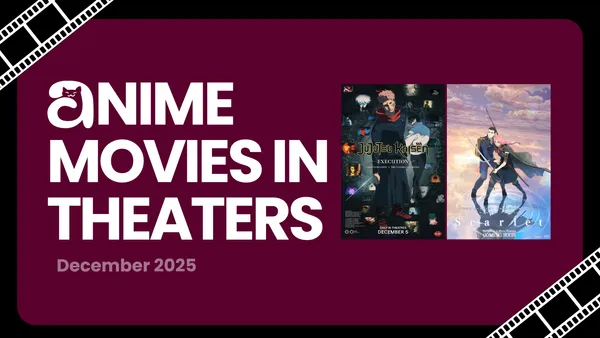The Origin of SHAFT: Hiroshi Wakao
Do you know who Hiroshi Wakao (若尾博司) is? Probably not, after all: he retired as president of SHAFT in 2004 before the company's modern brand had been established. Wakao was the first president and founder of the studio, which has existed since long before the era of Akiyuki Shinbo's directorial mentorship under 2nd president Mitsutoshi Kubota's (久保田光俊) leadership.
The studio's first president is not so mysterious so much as the peculiar timeline that led to the eventual establishment of the studio "SHAFT", as well as the largely unknown early history of the studio and Wakao himself.
Wakao joined Osamu Tezuka's Mushi Production in December of 1963 and was immediately put on Astro Boy (1963), with his earliest known credit being a production assistant for episode 55. For the first few months of his career, he continued as a production assistant and occasionally checked the cel-painting on some episodes. Later, he was also given the responsibility of helping episode directors as their assistant (演出助手).
He was the early mentor of Mobile Suit Gundam director Yoshiyuki Tomino (富野由悠季) and helped him learn the ropes of production assistant work at the very start of Tomino's career at Mushi Pro, including teaching Tomino how to fill out the information for cut bags, speak to the animators, fill out progress charts, and about the animation production pipeline. Wakao was only three- or four-months Tomino's senior by this time, and Tomino eventually took the path of director, whereas Wakao continued his work on the production side.
In August of 1964, Wakao was promoted to the position of production desk for Astro Boy. It's not known if he stayed on as production desk throughout the rest of the series' run (however many episodes that is, because there are no credits easily available for the series outside of pamphlets, to my knowledge), but I would assume he did as the series ends in 1966 and the next credit he receives is as production desk for Princess Knight (Ribbon no Kishi) in 1967.
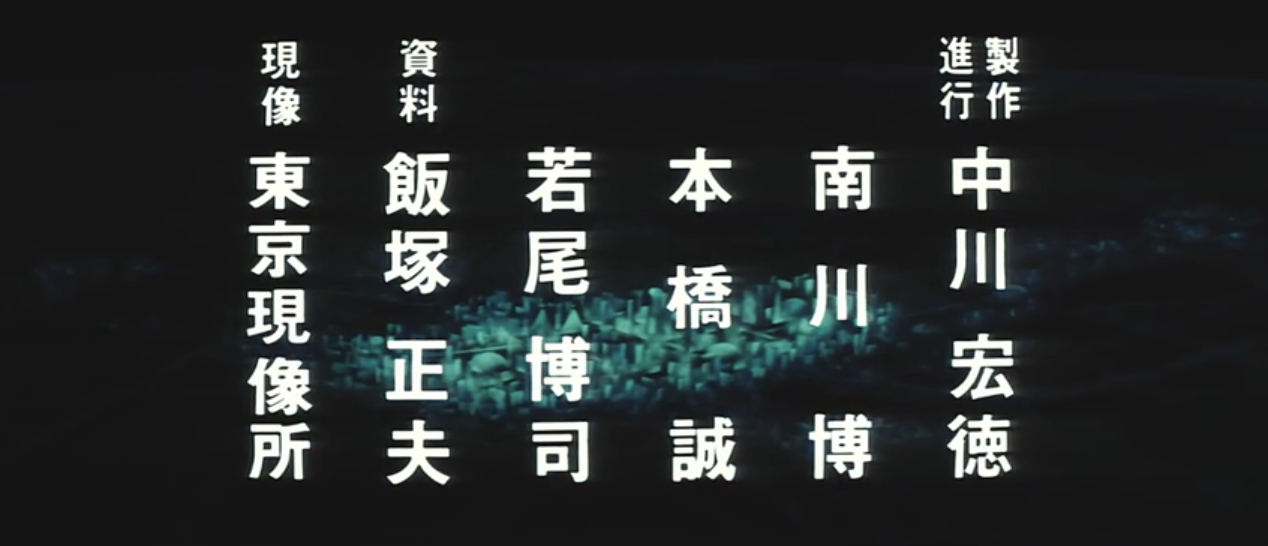
Wakao is assumed to have stayed at Mushi Pro at least into the start of Eiichi Kawabata's (川畑栄一) presidency following Tezuka's resignation as the company's head. Wakao shows up for the final known time at the studio on Cleopatra (1970) as one of the production assistants. Following his departure from Mushi Pro, which would close its doors in 1973 after bankruptcy, it gets a little confusing.
In the credits to Kabatotto (1971), Wakao's name appears as a manager for some length of episodes (it's unknown for exactly how long) and is eventually replaced, likely as he left the studio animating it, Wako Pro (later renamed to Teleimage). Wako Pro was one of the outsourcing studios contracted to work on Astro Boy, so Wakao (as production desk) certainly worked with them to some extent.
Later in the same year, Wakao is believed to have founded the cel-painting studio Adlib. According to a 2007 blogpost by former Mushi Pro producer Hiroshi Shimozaki (下崎闊) speaking about his memories of Marvelous Melmo (Fushigi na Melmo), Wakao was involved with episode 11, which would mark his earliest known work with Adlib as 1971 (uncredited).
It's worth noting that Shimozaki does erroneously recall Wakao's studio to be named Studio Korumi, which was a separate company founded and represented by ex-Tatsunoko Production cel-painter Yasumi Ishida (石田康実).
It's also relevant to note that there are two studios that share the Adlib name: Wakao's painting studio that existed from 1971 ~ 1975, and a cel-photography studio active from 1989 ~ 2007. Wakao's studio used the Katakana spelling (アドリブ), while the photography studio used the Hiragana spelling (あどりぶ). No relation between the two aside from the name is known, but the photography Adlib studio does end up as the primary photography studio for many of SHAFT's productions up until 2004, with Tsuguo Kozawa as director of photography for a majority of them.
In September of 1975, studio SHAFT was born. By coincidence or simply by their connections (of course, the anime industry was not as big with as many primary contracting studios), some of SHAFT's earliest works include various anime handled by ex-Mushi Production staff, which includes some series helmed by the aforementioned Yoshiyuki Tomino.
One of the last works credited to Adlib is the first 25-odd-numbered episodes of Yuusha Raideen in 1975 (almost all of the even episodes until episode 26 were handled by the then-recently founded Studio DEEN, whose name is actually derived from the series). Episodes 27-50 switch to crediting SHAFT. SHAFT also ends up as one of the two primary painting studios for Mobile Suit Gundam (1979), which they handle all of the odd episodes for.
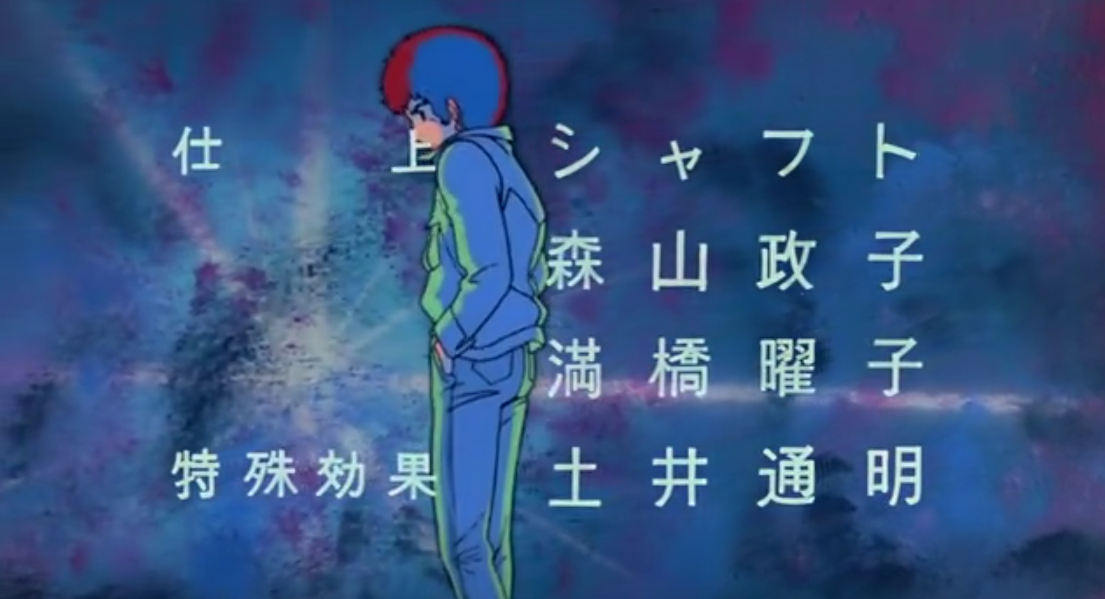
Among the staff members joining "SHAFT" from Adlib was Tamiko Nishimaki (西牧民子), a cel-painter who retired from the job as a cel-painter around 2000 and has since been some sort of executive at the studio. Her only credit since then has been the first two Puella Magi Madoka Magica films (2012), in which she is given "assistance" (協力). Nishimaki was joined by another person named Nishimaki: Shizuko Nishimaki (西牧志づ子), who may be related to Tamiko or just have the same last name. Shizuko retired from cel-painting work around 1985, likely to be a studio manager, for which she received credits from 1995 to 1997.
Wakao's children also joined the staff at some point: his daughter worked at the studio for around three years, and his son Tomio Wakao (若尾富郎), who, as far as I know, has only received a "technique" (技術) credit on Tonto no Mori-tachi (1984), served as company director (board member) from March of 1976 all the way to the end of August 2004 when his father retired as president.
In the meantime, throughout the 1970s and 1980s, Wakao actively participated as a cel-painter and cel-painting coordinator for various works like Chou Denji Robo Com Battler V (1976) and The Ultraman (1979). He also ended up being responsible for the color designs of the 1981 and 1982 Doraemon films, as well as a separate Shin-Ei Animation work, 21 Emon: Uchuu e Irasshai! (1981).
Wakao's work as a painter at the studio ended around that year, and he shifted to management of the company, where he can be seen as production manager for a few works around 1982-83, like Hitotsuboshi-ke no Ultra Baasan. It should be noted that SHAFT began hiring people for its animation department around 1980, and the studio served as the primary production site for the aforementioned Tonto no Mori-tachi four years later.
In 1987, SHAFT produced its first works as two separate OVA episodes. The first, Yume Kara, Samenai, was an adaptation of a manga by Yumi Shirakura funded by RVC Corporation and SHAFT; and the second was contract work from Geibunsha and Premiere International to animate the first episode of Taiman Blues: Shimizu Naoto-hen.
In 1995, SHAFT produced its first original televised work, Juuni Senshi Bakuretsu Eto Ranger, with Wakao serving as the producer on the SHAFT side. Mitsutoshi Kubota, who joined the company in 1980, was now serving as a production manager and had been promoted to managing director of the company itself. Wakao (and Kubota) oversaw the development of SHAFT's own directors as a directing department, which included in-house animator Toshimasa Suzuki (鈴木利正) and production assistant Kenji Yasuda (安田賢司) in the mid-late 1990s and early 2000s. Wakao is credited as producer only once more for the 1997 OVA series Sakura Diaries.
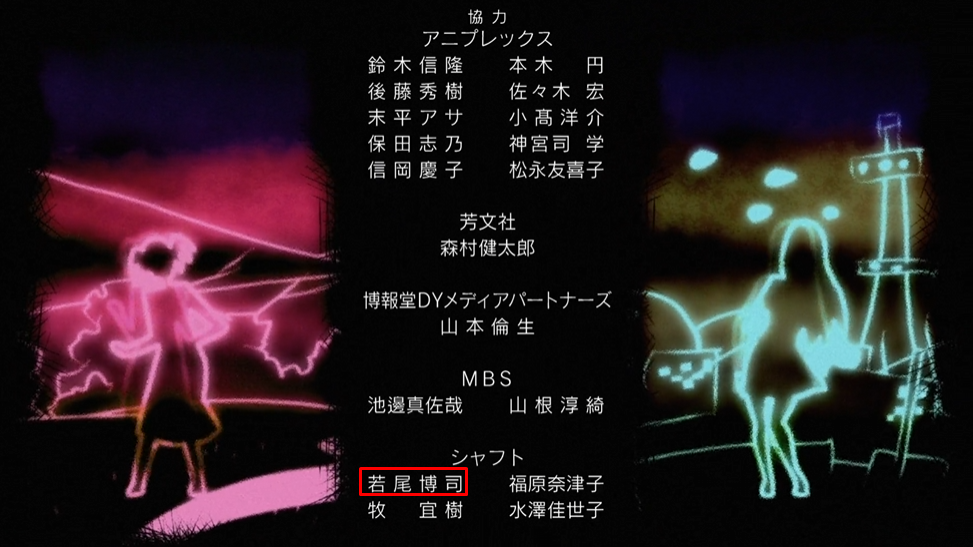

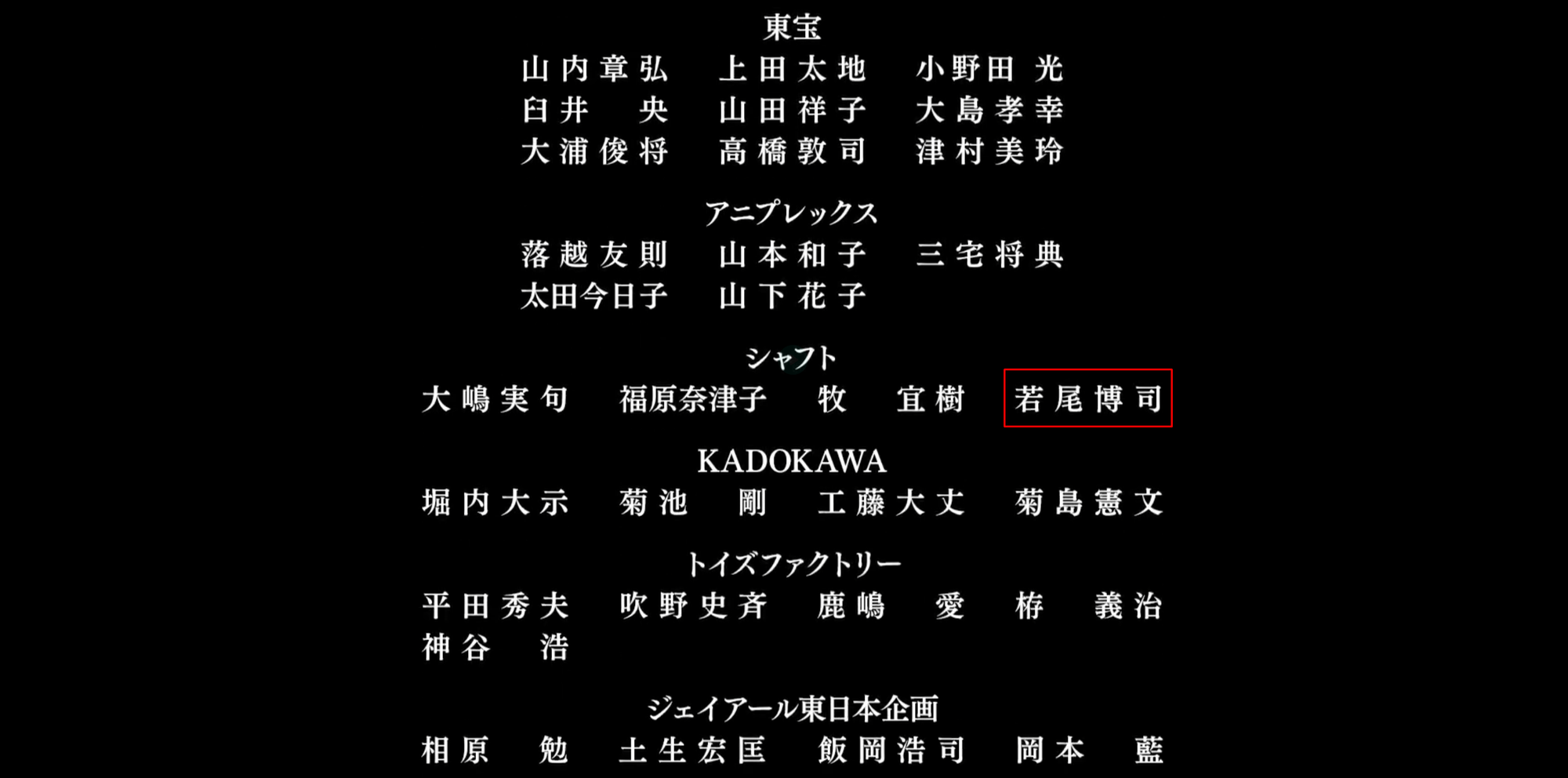

Wakao's name (highlighted) appearing in Puella Magi Madoka Magica: Rebellion, Kizumonogatari Part I: Tekketsu, Fireworks, and Kizumonogatari: Koyomi Vamp.
Although Wakao has been retired since 2004 (with Kubota taking over as 2nd president), he's still involved with the company to some degree as chairman of the board, a role he's had presumably into 2025. Like Nishimaki, his name has mostly shown up in the credits to various films produced by SHAFT: all six Puella Magi Madoka Magica (2012-13) and Kizumonogatari (2016-17) films give him the same "assistance" credit. He also received a "production associate" credit for Fireworks (2017), and a "production assistance" credit for Kizumonogatari: Koyomi Vamp (2024).
None of these credits are meant to suggest that Wakao is still actively working at SHAFT or contributing ideas and work to the projects themselves, but more so that he still exists as a name at the studio enough that he's receiving credits to this day.
Further reading
- New Art Creative (ed.). (1980). 機動戦士ガンダム記録全集 第2巻 [Mobile Suit Gundam Complete Records Volume 2]. Nippon Sunrise.
- Tomino, Yoshiyuki. (2002). だから 僕は… ―ガンダムへの道 [So, I... The Road to Gundam]. Kadokawa Sneaker Bunko.
- (2017). SPOT Anime Work Magazine Volume 7. SPOT.
Featured image:
- Astro Boy, ©1963 Tezuka Productions/Mushi Productions
- Mobile Suit Gundam, ©Sotsu/Sunrise
- Juuni Senshi Bakuretsu Eto Ranger, ©Renaissance/SHAFT
- Puella Magi Madoka Magica: Walpurgisnacht - Rising, ©Magica Quartet/Aniplex, WR
